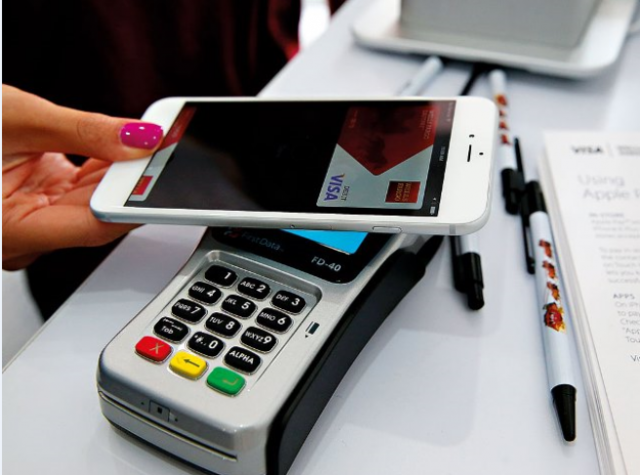
Bill Gates rightly predicted that although banking would always be needed, banks as we know them would vanish. New market competitors, disruptive business models, evolving customer expectations and disintegration of conventional services have exerted considerable pressure on the traditional banking institution.
Consequently, mobile banking has overtaken cash and current account is no longer the sole medium of managing money. Banks have deviated from their product oriented approach to a service oriented model that attempts to preempt the customer’s needs and builds long term relationships.

Here are the privileges enjoyed by a customer today:
- Cyber security and data protection
Technology has made data more insecure since hackers manipulate easily accessible online information to fake identity. Hence, financial institutions invest billions in solutions including firewalls, reporting and monitoring system, intrusion detection mechanism, access controls and PINS. They devise a layered security system that incorporates multi-authentication requiring users to pass a series of security steps.
Additionally, they carry out a detailed due diligence in the form of device identification, out-of-wallet questions and malware prevention and detection. Moreover, Wells Fargo’s digital on and off capability allows cardholders to use their computer or mobile to turn off their debit card when it goes missing and turn it back on when it is found.

- Flexibility
The Millennials are blissfully ignorant of the time when people had to spend hours in endless bank queues just to withdraw money or deposit a cheque. Online banking means that one does not have to match his/her schedule to banking hours. For instance, people can open their mutual funds account in merely 2 minutes on an online digital investment service called iSave.
Among other things, clients can get started with your first investment without grappling with tedious forms. On top of that, if they cannot reach the bank through the phone, they can live chat at any time. Most banks send a notification on the phone after a transaction takes place. Besides that, they call the cardholder for verification purposes after his/her card has been charged for a big amount.

- Multi-purpose apps
The rise of smartphones and the development of mobile apps has made banking expedient. With the launch of contact-less smart chip technology in 2005, consumers could pay for purchases just by tapping their phones on contact-less payment terminals. Hence, now they can plan trips, transfer funds, pay bills, arrange loans and remit money through just a single app.
Pakistanis benefit from various mobile wallets like Keenu wallet, Sim Sim and Omni account. The level of technological advancement can be surmised by Amazon’s new on the go check-out-less store in Seattle. A shopper simply uses the Amazon Go app to enter the store, takes the products he/she wants and leaves. The sensors and cameras take stock of the purchases and then Amazon directly charges the credit card.

- Financial inclusion
In Pakistan roughly 87% of the adult population doesn’t have a bank account while only 62% have access to a mobile phone. Government has been using this divide to financially empower Pakistanis. Firstly, it collaborated with NADRA in 2010 to rehabilitate 14 million flood victims. The IDPs were first registered using biometrics and NIC numbers and then each family was given a Watan card. After the 13 minute registration process, funds were transparently deposited through banks.
Secondly, it used the same mechanism to provide Benazir Income Support Program cards to needy families. Thirdly, Sindh government joined hands with Easy Paisa, Pakistan’s first branchless banking service, to disburse educational stipend to 400,000 students.

- Personalised services
Customers expect a more tailored and personalised experience when they contact their bank either by phone, chat or even when they pay a rare visit to the branch. Monzo Bank, the mobile only banking service that was launched in the UK in 2015 has done wonders on that account.
Traditional banks have been primarily using the data on customer’s spending patterns, lifestyle and finances for gimmicky reasons like cross-selling. Monzo Bank, on the other hand, uses that data to help users make better day to day decisions. For instance, its algorithms will notify it when a client moves from money saving electricity option to an expensive one. The bank will then devise a better expenditure plan for him/her.

Despite this new customer centred game plan, banks are still in a fragile position as they are plagued by competition from internet based currencies, erosion of boundaries by giants like Amazon and Facebook and rampant cyber-attacks. Hence, in order to strengthen their position, banks need to exploit big data, artificial intelligence and cloud computing in a more effective manner.
1641823627-0/download-(6)1641823627-0-100x90.webp)

















COMMENTS
Comments are moderated and generally will be posted if they are on-topic and not abusive.
For more information, please see our Comments FAQ